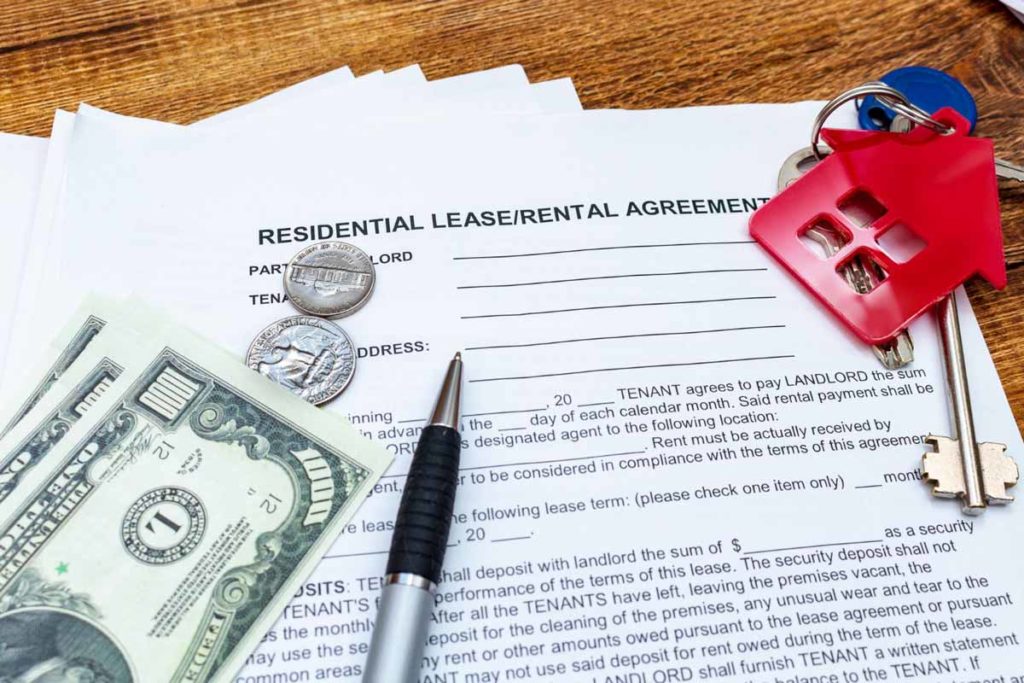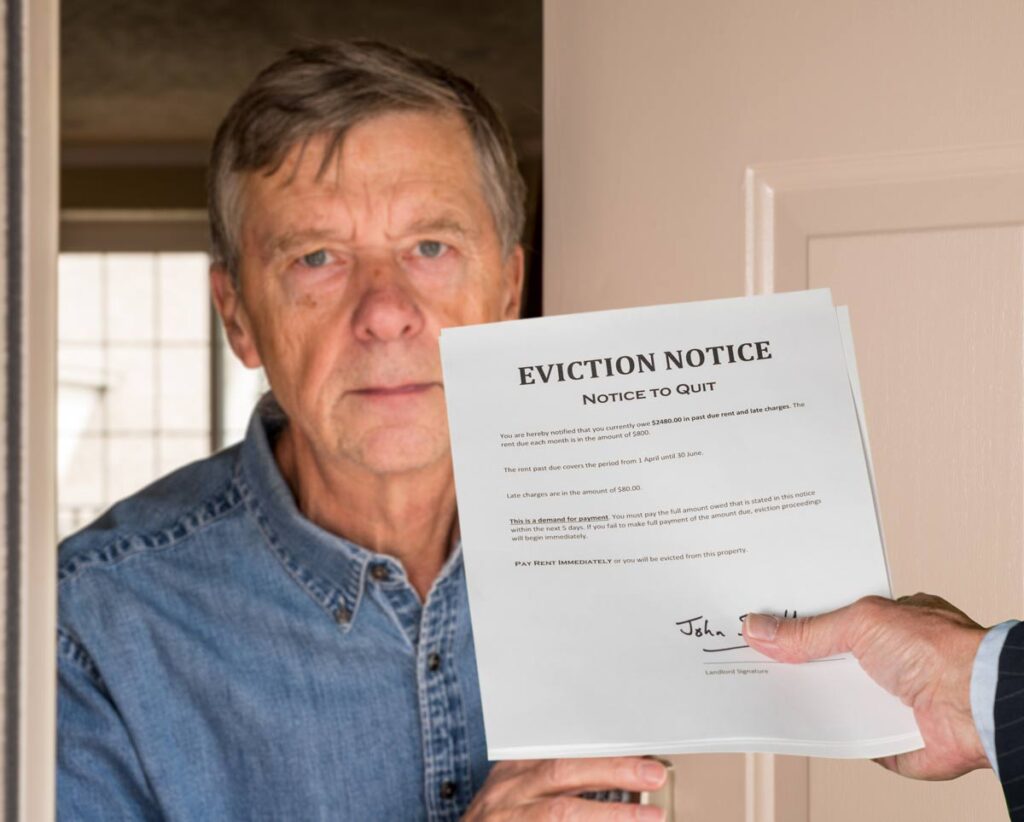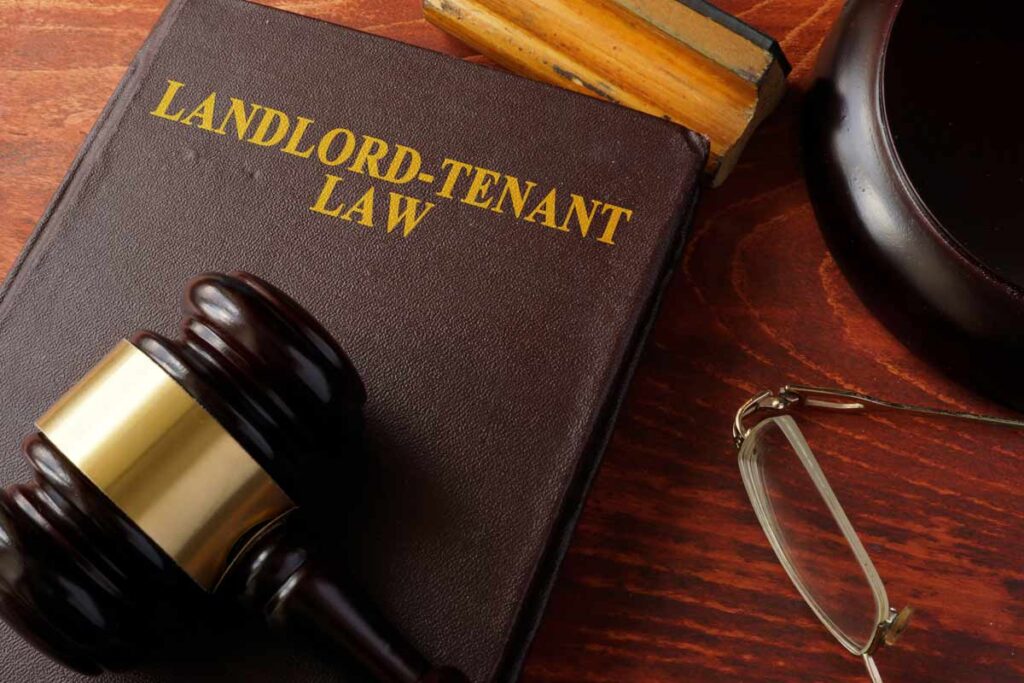So, your tenant just handed you back the keys, you look into your vacant home and see that there is work to do. It’s time to perform the property turnover, complete necessary repairs and deduct from the tenants’ refundable security deposit—how do you handle this process?
Your tenants lived there a couple of years and it looks like it. They were great tenants, but they still lived there, and when someone lives anywhere, there is normal wear and tear—walls get scuffed, pictures hung, cabinets dinged.
However, maybe there are a few things beyond normal wear and tear that you also have to fix to prepare for the next occupant.
Having completed more than 500 refundable security deposit deductions, hopefully we can give you a jumping off point to better understand the process of what (and how) a landlord can deduct money from a security deposit, and give you some insight into the landscape before you begin.
Please note: We are a California-based company, and as such, our lessons are grounded in California Civil Code 1950.5, the security deposit law governing our state. While much of the advice below will apply to you wherever you are, we encourage you to look up landlord security deposit laws by state so you can know your rights – and your obligations to your former tenants – in the state you live.
A few high-level things to keep in mind:
- Your property is never going to be returned in the exact condition you rented it out in. Your tenants lived there, and under law, they are protected against repairing the normal wear and tear of occupancy.
- You cannot charge a tenant for any maintenance work that you don’t actually complete. You do not get to pocket the deposit. You are only allowed to spend the deposit on justifiable expenses, such as cleaning or maintenance, and you must provide invoices to prove where the money was spent when you return remaining funds to the tenant.
- You are on a strict (and sometimes challenging) timeline. Basically, you need to return the deposit in 3 weeks (21 days). Keep in mind there are penalties if these timelines are not met.
- Security deposit deductions are the most likely point of dispute between landlords and tenants. It is rare that there are no security deposit deductions, but it is far rarer that the entire deposit is exhausted (or exceeded). As a landlord, it is really important to not view the deposit as your money—it is the tenants’ money used to return the property to its appropriate pre-occupancy state, absent normal wear and tear.
Ok, let’s talk about each one of these in a little more depth:
1.) Your property is never going to be returned in the exact condition you rented it out in:

This becomes truer the longer that your tenant lives in the property. Obviously, we would expect less wear and tear in one year of occupancy compared to a five-year tenancy. Think about it with your personal home. Is it exactly the same as when you first moved in three years ago? Of course not—the sink drips in the master bedroom, the seal around the toilet is flaking, or the garage door squeaks from that one time you tried to move the shelving by yourself and you hit the frame by accident.
So, step one, do not try and gouge your tenant with unfair security deposit deductions. Be reasonable. They paid you for the right to live in your property. It was not a museum. You want them to hang pictures, move in their furniture and walk on your floors. Why? Because that encourages a longer occupancy, which is where you make your money.
So, you need to expect the home to be lived in.
It is important to also recognize that many items in your home have a depreciation schedule allowable by law. For example, the typical life expectancy for wall paint is 2-5 years, and for carpet it’s 5-7 years. A landlord is expected to amortize the cost of big-ticket items like flooring and painting over the course of the life expectancy of the item. The tenants can only be charged a portion of that cost. As an example, if the life expectancy of the carpet is 72 months (6 years) but the carpet has to be replaced at 36 months (3 years), the tenant can only be charged half (36/72) of the cost.
What that means is if your tenant lives there longer than 5-7 years, you would not be permitted to charge them for painting or flooring (assuming during their tenancy you did not do replace any of these items—e.g., new paint or flooring while they were living there).
Now, I do want to also add a disclaimer that we are not attorneys, and these laws change. I encourage everyone to contact a landlord/tenant attorney in the event of any specific questions. Even we, with over 1000 rental units, run all of our questions by our attorney, because of the nature of the constantly shifting landscape of the law.
It also means you need to keep good records of any work that you perform to be able to prove when something was installed or replaced.
Putting this together, if your tenant lives in the home for only 1 year, you will only have the ability to charge them for a depreciated portion of the paint job, or carpet replacement or even of new blinds.
In other words, I will repeat, have reasonable expectations, call an attorney and if possible, know the law.
Finally, you may be wondering: “Ok, normal wear and tear I can’t charge for; they are going to live there and I need to be understanding… but what is normal wear and tear?”
If there are children present, you can skip this part: There is a famous story about the mid-1900s when a Supreme Court justice was hearing a case based on pornography and was asked to define it.
His response was (paraphrasing here): “Pornography? I know it when I see it.”
The same is true with normal wear and tear vs. excessive use. Hard to define, but you know it when you see it.
For example, someone hangs 4 pictures in the living room — normal. Someone hangs 40 pictures in the living room, excessive. Where is the line between the two? Is 14 excessive and 13 isn’t? Hard to say.
The key is to remember that in the eyes of the law, “tie goes to the tenant.” So, make sure you have something clearly defensible. Think in your head, would a judge agree with me or not? If you have doubts, consider it normal wear and tear.
2.) You cannot charge a tenant security deposit deductions for any work you do not actually complete.

Let me actually add that this is not just completing the work, but being charged for it. You can only deduct an invoice.
Meaning, if you go into your house and paint it yourself, you would not be able to charge for your time, only for the paint you bought at Home Depot (because you have a receipt for the materials).
This is a super important point. It is incredibly common for a landlord to think that they can use the deposit to make a buck. It is not a profit center for a landlord, and it cannot be “non-refundable”. Let me repeat: THE DEPOSIT IS NOT A PROFIT CENTER FOR A LANDLORD.
It is basically insurance to make the landlord whole if there is damage to the property caused by the tenant.
To restate, in big capital letters:
A SECURITY DEPOSIT DEDUCTION IS ONLY A REIMBURSEMENT FOR WORK ACTUALLY COMPLETED.
So, keep in mind, you need to have the work performed by a vendor, and receive an invoice when the work is complete. Then, you can deduct the invoice amount, but you must provide that invoice as proof of the deduction to the tenant, along with a brief accounting statement showing their total deposit, minus the deductions (expenses for work completed) to arrive at the net amount the tenant will receive from their deposit.
3.) You are on a strict (and sometimes challenging) timeline:

While this is often a surprise to landlords, it really shouldn’t be. You are holding a significant amount of your tenants’ money and it is reasonable for them to expect (and the law to enforce) the quick return of any funds they are entitled to.
So here is how the timeline works: Under California law, the funds (less deductions) are due within 21 days. What that means is you need to have the work completed, the invoices in, the accounting completed, and the check postmarked or delivered to the tenant (along with the accounting and invoices) by the 21st day after you receive possession (when the tenants move out).
Now, you may be thinking: “Three weeks, that’s not a lot of time, what if there is major work to do?”
Well, at least in California, the law affords you a minor loophole to work through here in terms of extending the time if necessary.
Due to the complexity here, in preparation for this article I asked our attorney, Ashley Peterson to help me out—here is what she said:
“For repairs that cannot be completed in the 21 days, the owner must send the tenant a good-faith estimate of the costs, along with written receipts and estimates, as well as the contractor’s info, by the end of the 21-day period. When the final figures and receipts are available, the owner must provide a final statement within 14 days from the date the repair is completed or from the date the owner or manager receives the final documents from the vendor.”
In other words, if there is extensive work that cannot be done within 21 days, you must send a good-faith estimate in an itemized security deposit deduction letter to your tenants, letting them know what they can expect to have deducted.
Also, having interacted with many real estate attorneys as you would expect from my line of work—I can’t recommend Ashley enough. Contact her on her web site!
So, what happens if a landlord does not return the security deposit in 21 days? At least in California, if you miss these windows of time, penalties occur.
- If you miss the 21-day timeline, the tenant is automatically entitled to their full deposit back. Yes, if you don’t get them their money in time, you cannot make any deductions from the security deposit. So, this deadline should not be ignored.
- Also, if you fail to adhere to this 21-day timeline, and then fail to return their full deposit, the tenants can take you to court, and you could be penalized up to 2 times the deposit amount.
In sum, these timelines are very important.
4.) Security deposit deduction disputes are the most likely point of dispute between landlords and tenants.

Between timelines, misunderstanding of normal wear and tear, and just plain errors, if you are going to get sued by your tenant, it is most likely going to come from the way you handled their security deposit deductions.
This can be summed up really simply: TAKE THIS PROCESS SERIOUSLY.
Tenant security deposit deductions are important and contentious.
You can lose the right to deduct for work actually paid for if you miss this 21-day deadline, you can be penalized up to double the deposit, and you can be sued. It is not a joke.
So, remember a couple of things as you navigate the security deposit deduction process:
- The home is not supposed to be perfect when your tenant moves out. It is supposed to be lived in, normally.
- Normal wear and tear is hard to define, but you will know it when you see it.
- Their deposit is not a slush fund for you at the time of move out—you can only deduct what work is completed and paid for (and provable with an invoice).
- You have to be fast; all the action happens in 21 days. If needed, you have the capacity to receive an extension for work that can’t be completed in time, but basically it is only to produce final invoices once the work is completed.
- “Tie goes to the Tenant.” Be reasonable. Have appropriate expectations. Unless you are CLEARLY in the right, if you go to court, you can assume that any grey area items will fall in the tenants’ favor.
Now, it goes without saying, if you have any questions about security deposit deductions or these processes, give us a call.
We have done more than 500 security deposit itemization deductions for repairs and cleaning with a 100% success rate, so we are happy to help.
Note that we are not attorneys, this is not legal advice, and these laws change. I encourage everyone to contact an attorney in the event of specific questions related to their situation.





